2 weeks ago, I posted my first crocheted amigurumi, a frog which I made some years back. The frog was crocheted based on a pattern I found online at https://www.lilleliis.com/amigurumi-crochet-freebies/felix-the-frog-free-pattern/. The pattern named the frog, Felix.
It was also 2 weeks ago that I got to know a friend here who loves frogs and I mentioned I might make one for her if I can find the yarn which I used. I searched for it and I found similar green yarns.
As today is her birthday, @Hanzell , this one is for you 😊. I do not know how long this will take, but I will show you the journey of Froggo (the name you gave 😁) as I work on this, to hopefully help you with your journey in starting a crochet project that you have been thinking of.
Yesterday, I posted Embarking on a Craft Journey which I will use as a base on describing Froggo's journey here.
Purpose
A gift for @Hanzell for her birthday, though it will probably only reach her weeks after her birthday 😜.
Goal and Type of Craft
Since she loves frogs and she indicated that she liked the frog I showcased, I will crochet her that frog.
Supplies and Tools
In every pattern, usually there is a section that shows the thickness of yarn and crochet hook size that is required. In this frog pattern, it lists the following:
Supplies:
yarn – DK (8 ply) weight Katia Bamboo (50g / 100m) or Drops Muskat (50g / 100m) – green and a small amount of white, black, red and blue
satin ribbon
Yarn
Every yarn has its characteristics. They can be made out of different material such as cotton, wool, acrylic, nylon and bamboo or milk fiber. Each material has its function and use such as cotton is good for summer weather, wool for winter and so on. Each type of yarn has different thickness, number of ply and weight from superfine, lace to jumbo, chunky, bulky thickness.
There are many resources to learn about yarn weight and type such as the following:
https://www.expressionfiberarts.com/about-our-yarn/
https://www.thesprucecrafts.com/understanding-yarn-weights-2117311
To choose a yarn, we do need to know the type of material that we like. I tend to go with soft material such as cotton, bamboo and milk fiber when it comes to soft toys or wearables because they are soft to touch. When it comes to making items that need to be hardy like a bottle holder or a bag, depending on budget, I may go with the cheaper and hardier acrylic, polyester or nylon yarns.
The pattern lists examples of yarn that the author used for the project which we can use as a reference.
For Froggo, I managed to find the following yarn and yarn colours:
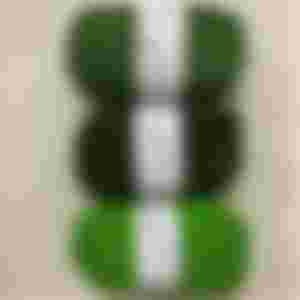
Dear @Hanzell , you mentioned olive green but I couldn't find olive green. Between this 3 choices, which would you prefer as your Froggo? From the top, we have Amazon Green, Green Leaf and Green.
The characteristics of a yarn is usually shown at its label:
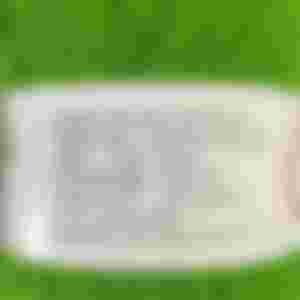
This yarn is a mix of cotton and milk fiber, potentially soft and cuddly. It is an 8 ply, light worsted, double knit (DK) thickness with a 110gm - 120gm weight and 250m length which is in line with what the pattern, calls for.
yarn – DK (8 ply) weight Katia Bamboo (50g / 100m) or Drops Muskat (50g / 100m) – green and a small amount of white, black, red and blue
It is good to have more weight and more length, than less.
@Hanzell , would you like Froggo to wear a striped sweater, as shown in the pattern or naked like the one I did?
A yarn label would also usually provide a stitch gauge (measurement based on a number of stitches). For this yarn, we can use crochet hook sizes between 3.75 - 4.5mm or in US sizes 5 - 7. Smaller hook creates smaller stitches and bigger hook creates bigger stitches. The gauge measurement using 4.25mm knitting needle is 4 inches by 4 inches which means, if we use a smaller needle, we would get less than 4 x 4 inches and if we use a bigger needle than 4.25mm, the measurement would be more than 4 x 4 inches.
Crochet hooks
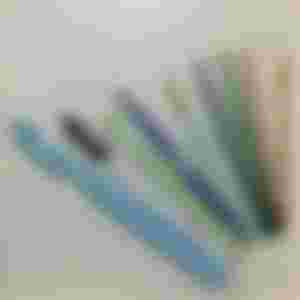
Every hook has its size and they can be made from plastic to metal such as stainless steel or aluminium or some form of alloy. Some comes with a rubber handle for more comfort but I personally prefer metal ones without rubber handles because they glide easier with the yarn. Rubber handles, although friendlier to fingers, tend to get sticky or clammy after a while based on my usage experience.
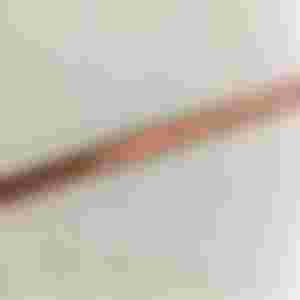
When we zoom into the hook, usually around the center, we can see the size. Sometimes it would show just an alphabet, sometimes a number and sometimes in metric or a combination of it. Either way, we can search the internet for size conversion such as this:
https://en.wikipedia.org/wiki/List_of_United_States_standard_crochet_hook_and_knitting_needle_sizes
If we choose a hook that is not within the range required by the yarn, the stitches may be too tight (if the needle size is too small) or too loose (if the needle size is big).
The pattern mentioned:
But I will use a bigger size hook for the yarn as long as it is not more than 4.5mm as shown in its label.
There are also crochet hooks with 2 sizes at each end which I usually prefer using such as this one:
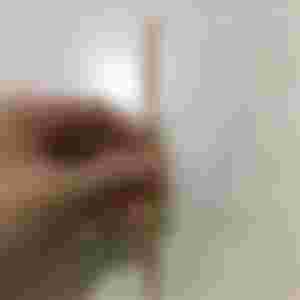
If you buy the hooks in a set, you may see the size conversion too like this one:
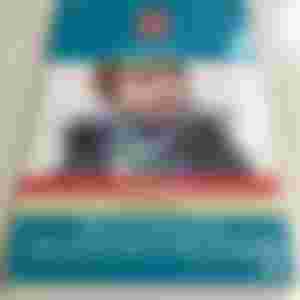
This is Part 1 of Froggo's Journey as I wait for @Hanzell's response to the 2 questions I asked above, summarized below, before I move on to next parts 😊:
Between the 3 green colour choices, which would you prefer as your Froggo? Sorry, I couldn't find olive but I thought Amazon Green might be a bit olive 😁
Would you like Froggo to wear a striped sweater, as shown in the pattern or naked like the one I did?


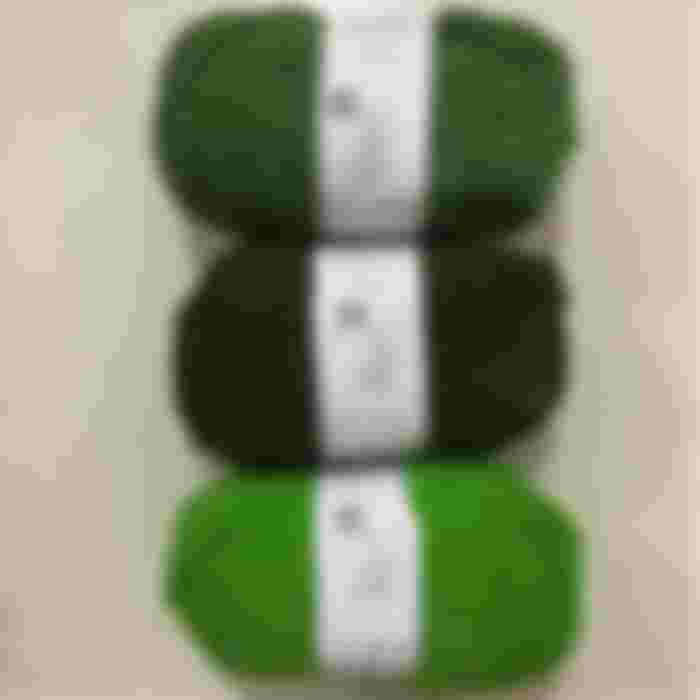


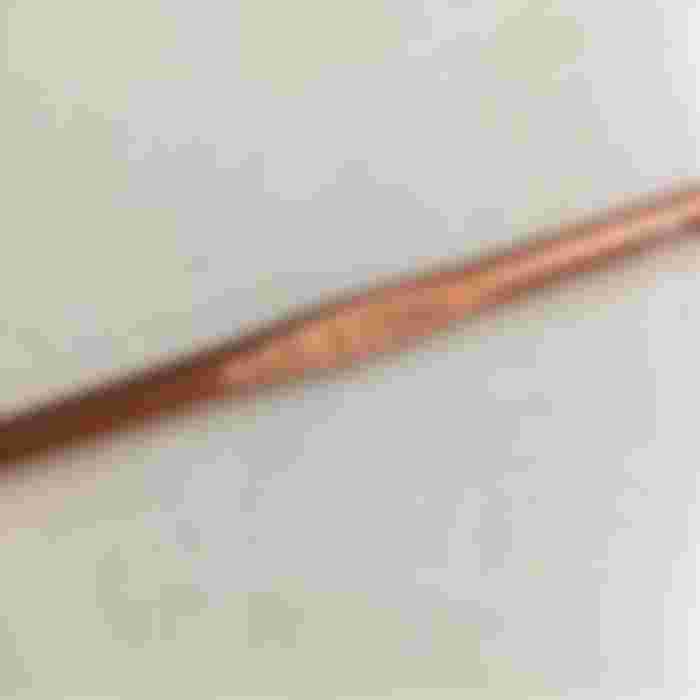

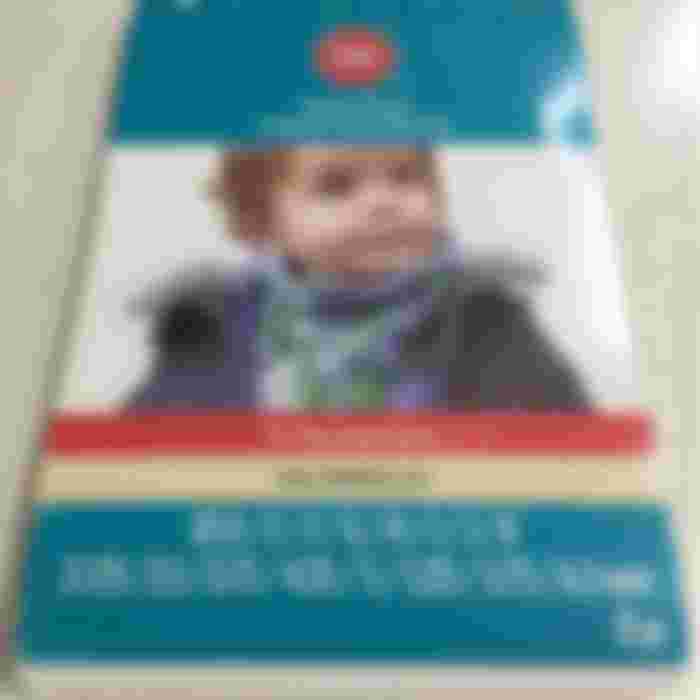


I would like to learn crochet too so i can make my own cardigan, scarfs and bennie. 🥰